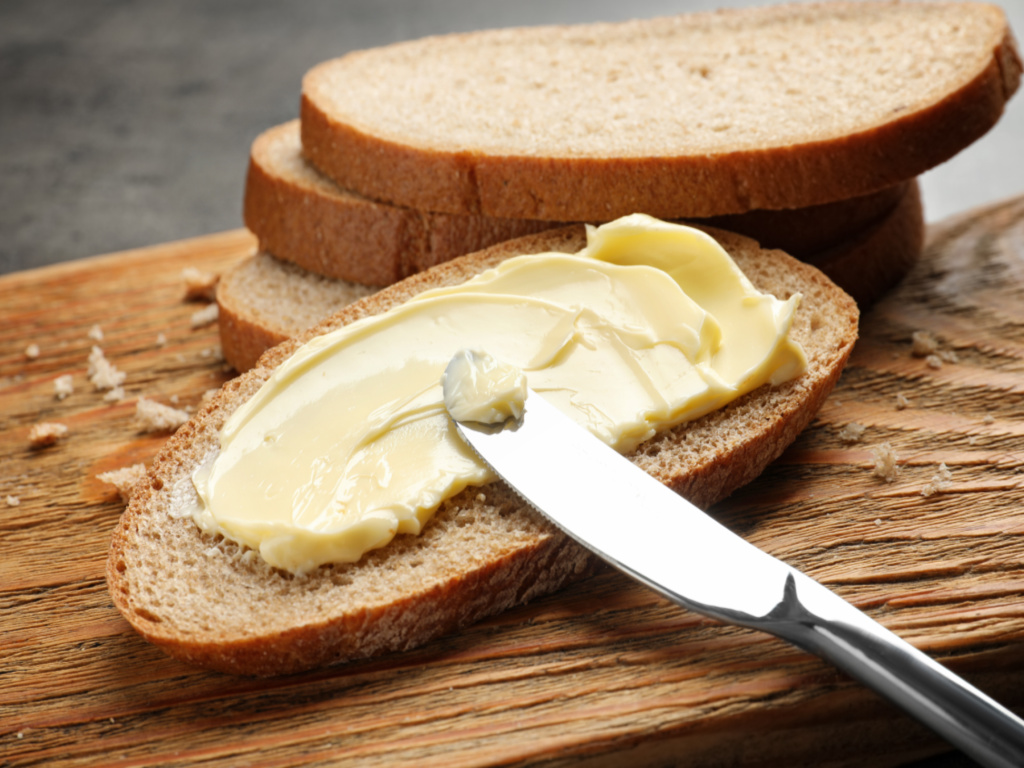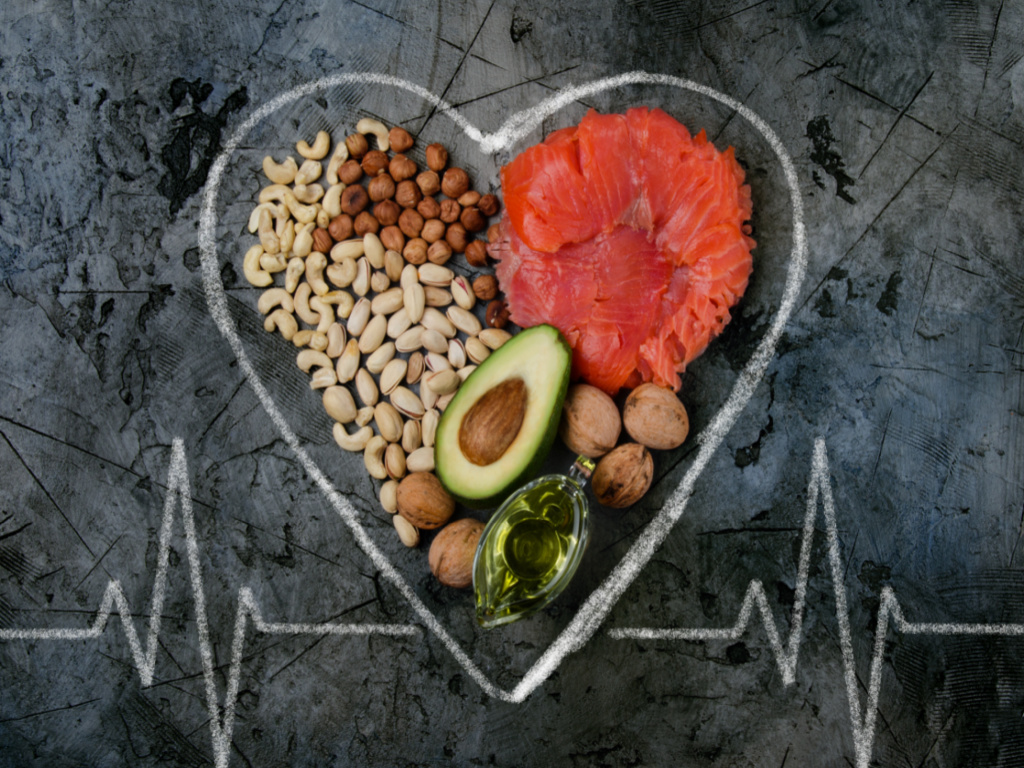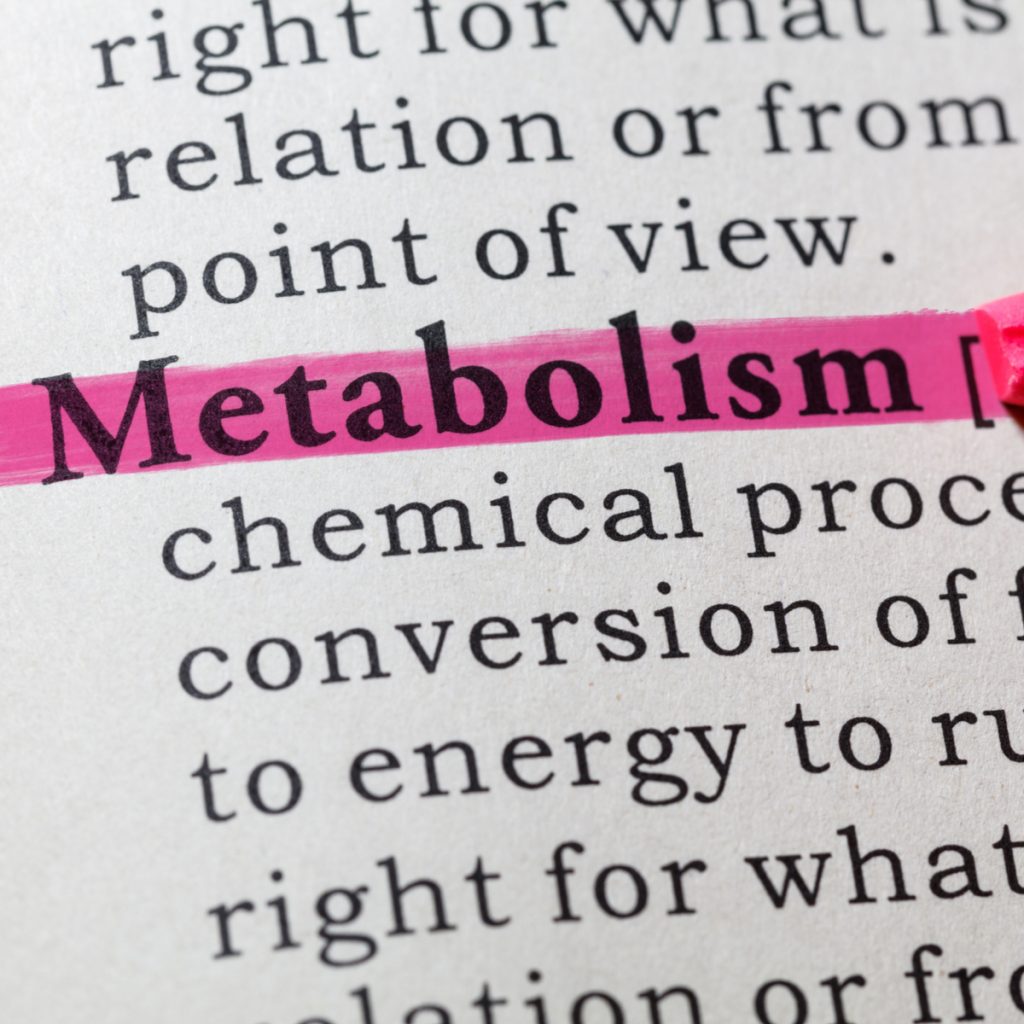What Fats Are Good For You? All the Misconceptions Clarified Once and For All
Trying to parse out what fats are good for you or bad for you is more complicated than you might think. Omega-3 and omega-6 fats are essential in your diet because we can’t make them on our own. However, there are dozens of fats that are important for health. No one food is going to provide you with the perfect balance of all the specific nutrients you need. In order to understand your diet, you must consider both the types of fats and the total amount.
Unsaturated fats are considered healthy to consume while saturated and trans-fatty acids are not. But all unsaturated fats are not healthy, and all saturated are not unhealthy.
Teach me More About Fats
Unsaturated fats come from plants and are normally in the form of oils. This is because the nature of their chemical bonds causes them to be liquid at room temperature. Common ones include soybean oil, sunflower oil, olive oil, and canola oil. On the other hand, saturated fats are solid at room temperature and include butter, margarine, and shortening. Saturated fats can come from animal sources like butter. They also can be derived from plant oils converted into saturated fats like margarine or shortening after processing to alter the chemical bonds.
During processing of oils to become saturated, the chemical bonds are changed to become fats that are solid. This process is called hydrogenation. However, when oils are converted into saturated fats, some become trans-fats. These are dangerous to your heart health. They can be found in products like commercially fried foods, margarines, shortenings, and pastries.
The best fats to consume for your health are omega-3 fats. They can be found in foods such as ocean fish like tuna and salmon, canola oil, chia seeds, and walnuts. Also, you can find small amounts in eggs, dairy, and beef, especially grass-fed beef. Omega-3s are essential for heart health but choosing the right food to eat in order to get the fats you need is not always cut and dry.
Why Are Calories Important to Consider When It Comes to Fat Consumption?
You cannot select a food simply for its fat content and forget about the rest of the nutrients or its calorie count. Fats have been demonized for being bad for your health and causing obesity and heart disease. Many health advocates claimed that saturated fat and cholesterol were a primary cause of heart disease.
As a result, many people flocked to low-fat diets. They also cut out certain foods that were known to contain saturated fats and cholesterol such as eggs, meat, and dairy products. This shift altered the American diet in two ways: 1) Americans consumed 35% less of these nutrient-dense animal products and 2) they increased their consumption of highly processed foods containing sugar and plant oils, like sunflower, soybean, and corn oil.
What’s even more interesting is that heart disease did not decrease, but cases of obesity and diabetes dramatically increased. If people were cutting out bad fats, why wasn’t it reflected in their overall health?
This shift in food choices reduced cholesterol intake but did not reduce saturated fat. It also actually increased total calories by over 400 calories per day. Today, Americans get more than one-third of their daily calories from plant oils and sugar. In order to consider a food healthy or unhealthy, you must consider the sum of its parts, especially how many calories it has.
Substituting one for another may sound good in the food advertisement or on the label. However, if the calories are the same or higher, the change in your diet may be unhealthy.

What Are the Ideal Fats to Consume?
While fats are not innocent concerning the epidemic of obesity and heart disease, they have their place in our diet in order to maintain optimal health. We require unsaturated fats for structures throughout the body. We also require saturated fats as fuel, especially during the periods between meals and during the long fasting period at night.
The ones considered absolutely essential in our diet are those unsaturated fats classified as omega-3 and omega-6 fatty acids. Even still, our bodies require less than 3 grams of omega-3 per day and about 10 grams of omega-6. Surprisingly, the average American consumes almost 90 grams of total fats.
So, What Fats are Good For You?
The best source of omega-3 fatty acids are ocean fish like salmon, tuna, and sardines. Unfortunately, these are not always readily available, especially for those who do not live near the coast. Other good sources of omega-3s are chia seeds, flax seeds, walnuts, and canola oil (which comes from rape seeds). Plus, animal products such as eggs, dairy, and meats, especially from enriched eggs and grass-fed cattle, are important sources. These are more easily absorbed than from plant-based products. Remember, all unsaturated come from plants, so omega-3s in fish, milk, or meats originate from the fish or animals eating plants.
Omega-6 fatty acids are also essential fats. These are widely available in plant oils. Major sources are soybean, sunflower, corn, and canola. While omega-6 oils are essential, they can be detrimental if we consume too much. Like other nutrients, we have an optimal range of intake. For omega-6 fats we must look at the total amount plus the ratio of omega-6 to omega-3.
The ideal ratio of omega-6/omega-3 is less than four; anything higher than six may trigger inflammation. Currently, the average American diet has a ratio above 16! No wonder so many people struggle with inflammation!
Common Cooking Oils
Common cooking oils, soy, sunflower, and corn oils, have ratios greater than 50! … with omega-6 making up 55 to 70% of the fat in these oils. For comparison, canola oil has become popular because it has a ratio of 2 with only 20% of the fat from omega-6 and 10% from omega-3. Likewise, animal fats like butter and lard have ratios less than 4 and the healthier ratio is why many people are switching from plant-based margarines back to butter.
Olive oil is another unsaturated fat that has become popular both because of its taste and its fat profile. Olive oil is rich is mono-unsaturated fats which are considered heart-healthy. Also, olive oil also has a very low content of omega-6s (only 9%) with a ratio of 9.
Olive oil, canola oil, and butter provide an excellent balance for home cooking.
How Has the Product Market Misrepresented the Fats in Our Diet?
Fats have been demonized for causing obesity and heart disease. On the flip side, other fats have been praised for being the savior of heart health. The true role lies somewhere in the middle. Fats are essential for healthy growth and maintenance of the body, but too little or too much can be bad.
Unfortunately, too many Americans follow the trending hype that the food market advertises. Instead. they should be doing their own research as to what constitutes good or bad food. As we have seen, eggs, dairy products, and meats are not as terrible as they were once made out to be. They can deliver the benefits of omega-3 fatty acids plus they are nutrient-rich sources of high-quality proteins, vitamins, and minerals.
On the other hand, many foods that are advertised as the perfect healthy foods such as avocadoes may not be as perfect as they seem. Avocadoes are recommended as heart-healthy because they have a high content of mono-unsaturated fat (55%), but they also have a high content of a saturated fat called palmitate (28%) which is considered unhealthy plus a single avocado contains almost 350 calories and has an omega-6 to omega-3 ratio of 13. For comparison, beef which is often claimed to be unhealthy contains about 38% mono-unsaturated fat and 25% palmitate. 4 ounces of lean hamburger has about 200 calories and a ratio of only 2. So, beware of the advertising. The facts may not be what you think.
Other Marketing Problems
Another marketing stunt you need to be aware of is the manipulation of food labels. We know trans-fatty acids are dangerous to heart health. The food market caught on to this trend and you will find many products bearing a label boasting no trans-fatty acids. But this may not be entirely true. As long as the product contains trans-fats amounting to less than 0.5 grams per serving, they can claim a label of “no trans-fatty acids.” So, the package might contain 2 grams of trans-fats, but if the marketing folks simply state there are five servings in the package, the trans-fats disappear from the label. Food magic … or deception? Most plant-based cooking oils and all margarines and shortenings contain trans-fatty acids.
To avoid using products with trans-fatty acids, look for plant oils that are labeled as virgin or cold-pressed. They will not have undergone the heating process that produces trans-fatty acids.
Conclusion on What Fats are Good For You
Fats often get a bad reputation, and it can be confusing trying to figure out what to eat and which ones to avoid. The first thing to remember is they contain a lot of calories. Fried foods, snack foods, pastries, and pizza contain a lot of fat and are strongly associated with obesity.
Overall, omega-3 and omega-6 fats are essential and must be included in the diet. Mono-unsaturated fats are considered excellent for heart health. In general, saturated fats are thought to be less healthy, but the ultimate decision about health is determined by the amount consumed and the total calories. If your calories are in check and your weight is under control, specific decisions about fat become less important.
There is general agreement about the most healthy fats. Olive oil, canola oil, fish, and milk (butter) are considered the best and most useful in meal preparation. Olive oil is rich in mono-unsaturated fat and low in omega-6. Canola oil has the best omega-3 content among plant oils with a ratio of omega-6/omega-3 of two. Fish oils are rich in omega-3. Likewise, milk fat has an overall good balance of mono-unsaturated, omega-3, omega-6, and short-chain fatty acids. It also has no trans-fats making it an excellent fat choice.
Good Fats or Bad Fats is a lot about perspective and amounts. Good nutrition is about variety and moderation. Always look for natural and minimally processed foods. Eat some fish; cook with olive and canola oils; and use butter instead of the margarines or shortenings. The science is changing. Don’t get hooked on marketing hype.




